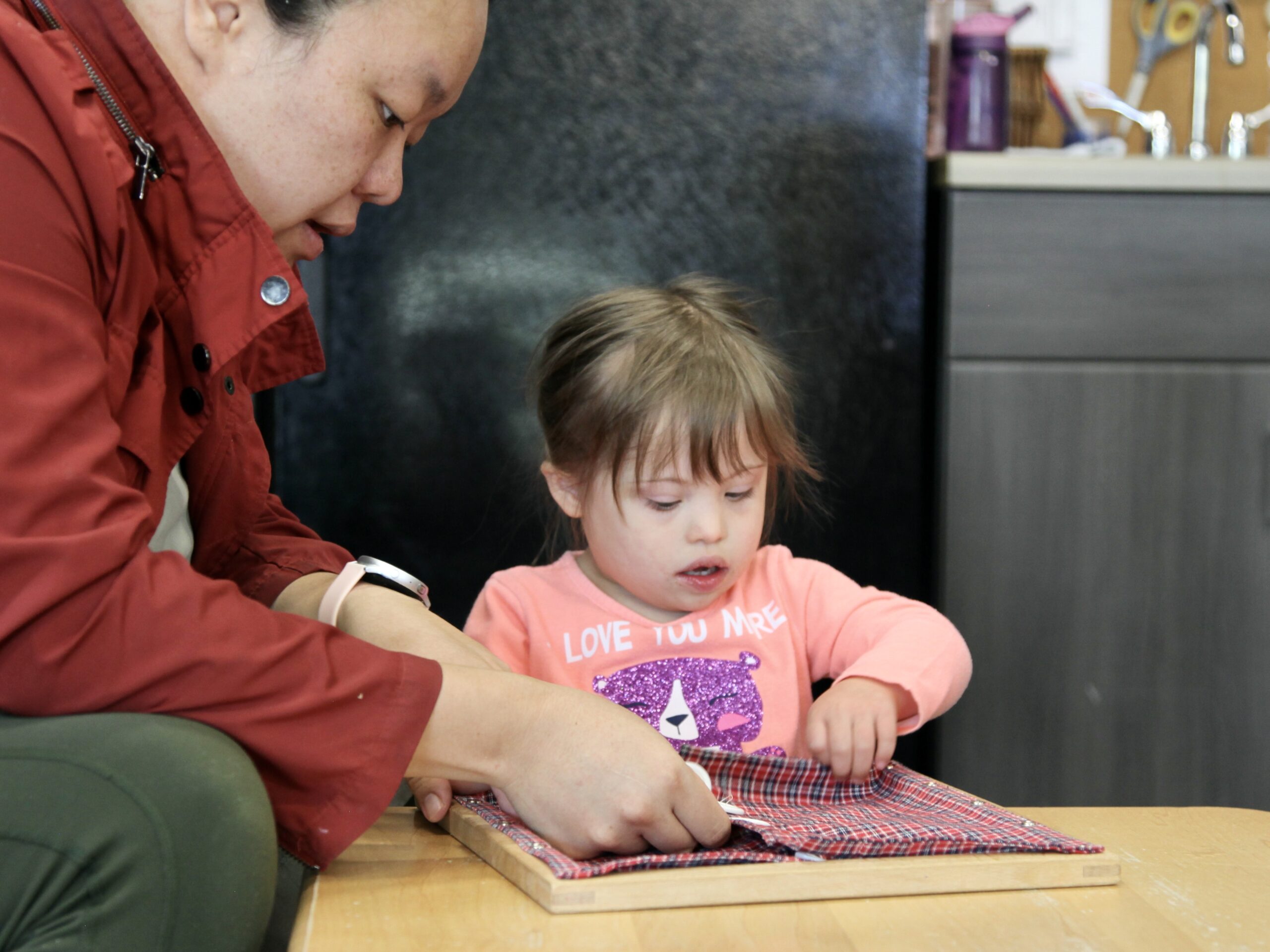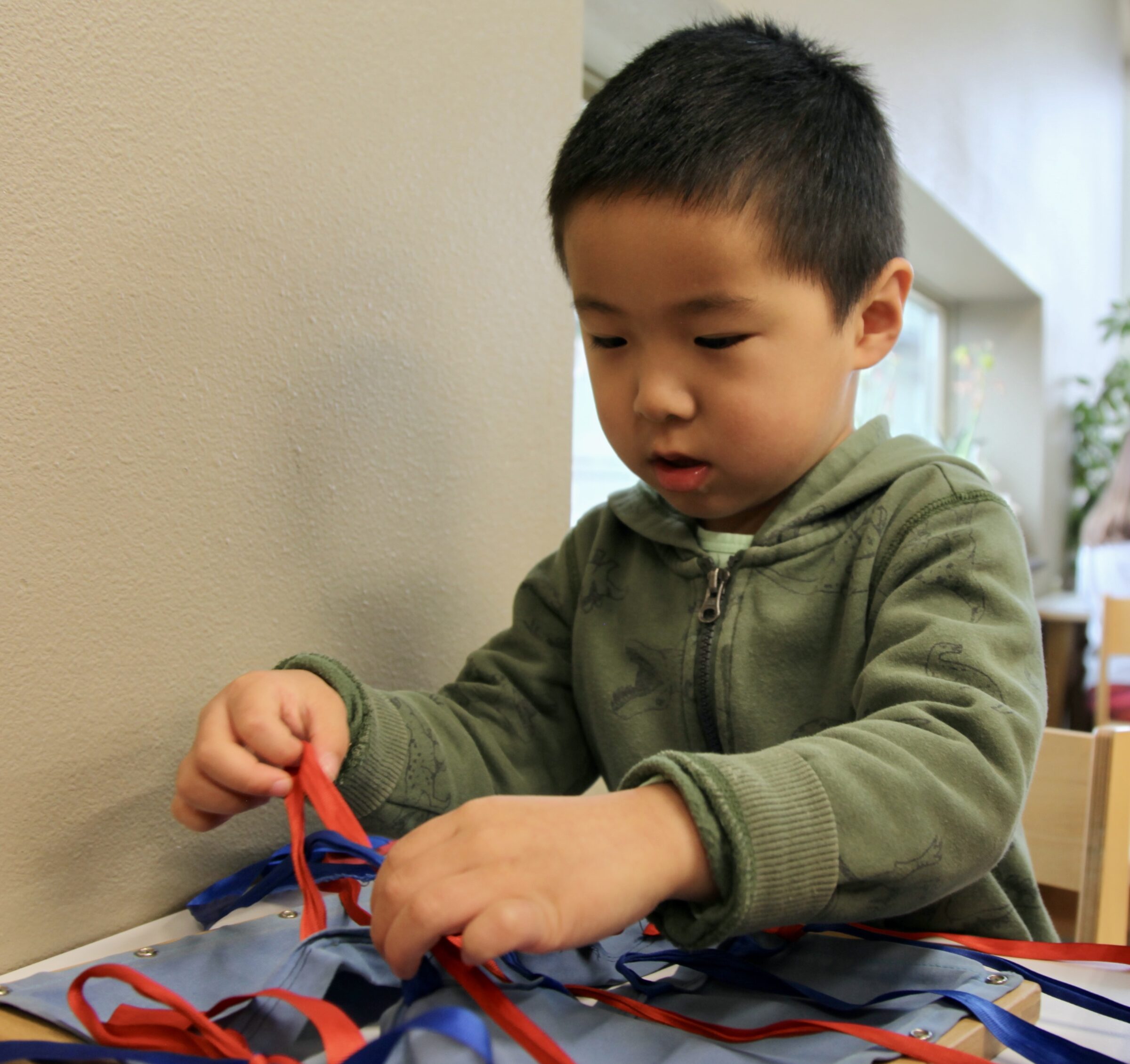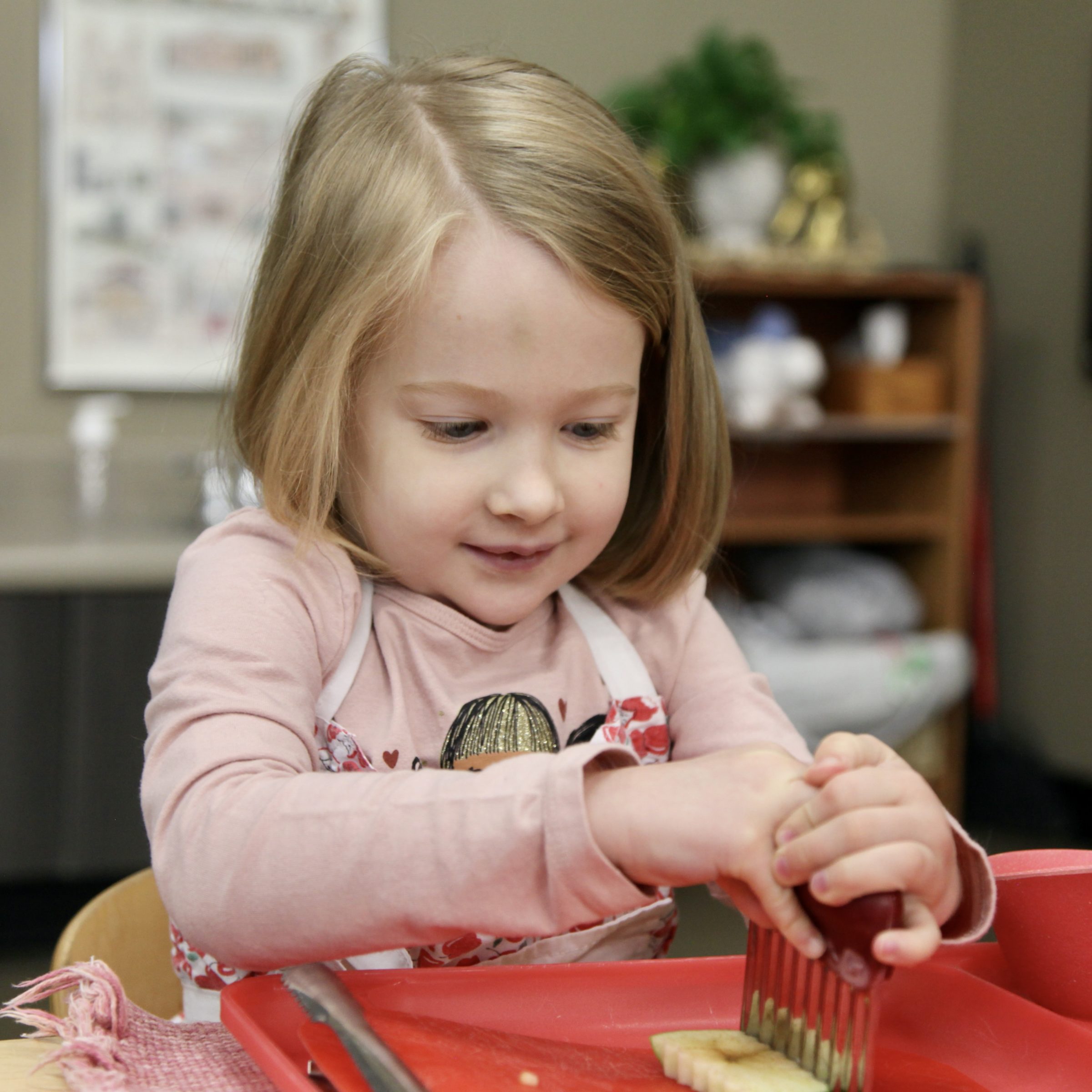Setting Children Up For Success
Thoughts & Reflections
There’s a scene from the show Schitt’s Creek that, if you’re familiar with the show, you’ll know from the following four words: fold in the cheese. And if this doesn’t ring any bells, here’s a youtube link to watch a brief clip.
Two of the main characters are making a recipe together, and they get stuck at the instruction to “fold in the cheese.” We laugh because they’re so out of touch and just saying something again and again doesn’t explain it.
And we cringe because it’s a solid tool in trying to get children to do something, right next to “saying it louder, sometimes yelling,” “sighing in exasperation,” “mild shaming,” and “just doing it for them.”
There’s a tool that works a lot better, but it is in the other toolbox, you know the one that you have to get out the ladder and it’s kind of hard to get to, so let’s just use these tools even though they don’t work.
I love an analogy, so here’s more tool analogy. I have to hang up a picture, but I don’t want to get out the ladder, go into the garage, get the toolbox down, find the hammer, use it properly, and then do all that in reverse to put it back. I mean, it’s just one picture!
So I leave the picture on the floor near where it’s supposed to hang for several weeks. Maybe I trip over it a time or two. I kind of feel guilty when I’m walking past it just sitting on the floor. I grab a can from the kitchen, maybe this will work? I try my firmest shoe, and now I also need to make a trip to the cobbler. I get the nail in, but it’s such a mess and so loosely in the wall the picture hangs crooked and maybe even falls.
I’ve invested so much time and creativity into finding solutions to a problem that’s already been solved, and once I decide to put in a little bit of work, I’ve given myself a huge gift, and really made my life easier.
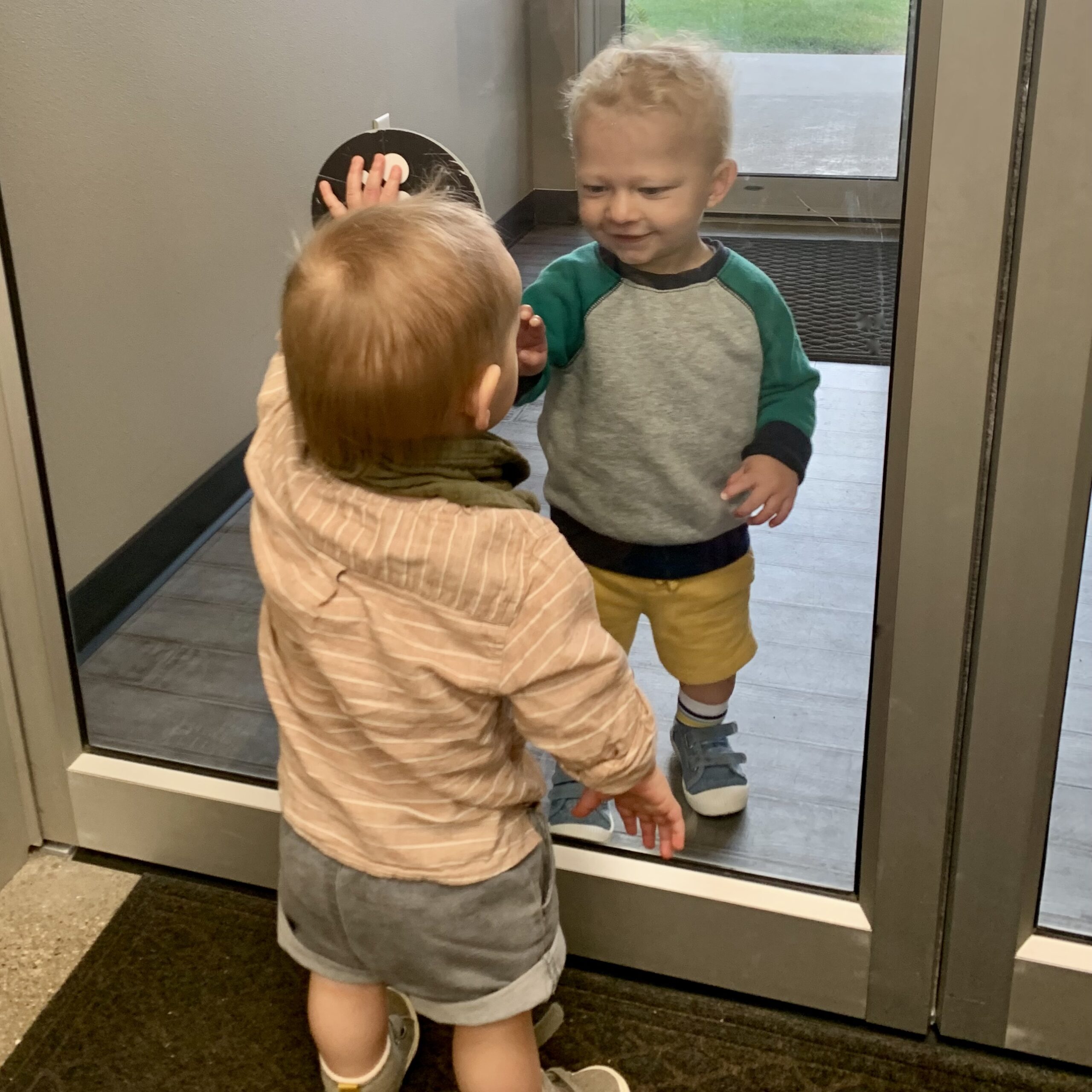
It’s natural to do this with our interactions with children, too. I give an instruction, like “put your shoes on” and a child can’t do it immediately, happily, and correctly, so I get frustrated and proceed to put their shoes on for them for the next year and a half, until I realize I’m putting on my four- or five-year-old’s shoes for them every day.
I tell a child to make their bed and I come in and they’ve “made their bed” in only the roughest sense. So I correct them, or do it for them, or feel like they didn’t really try their hardest, or even try at all.
It feels impossible to get from point A to point B — from not knowing how to do something to doing it well. When we feel like we’re already stretched thin for time in family life, doing something twice feels so much harder than just doing it yourself. There is no more patience left, so tools like raised voices and bribery are used a lot more often than you’d like.
We’re all just doing the best we can with the skills — and tools — we have at the time. Sometimes we don’t know there’s a hammer, and that hammer is called “Grace and Courtesy.”
It’s not unusual to see children in a Montessori classroom blowing their nose and throwing the tissue away, or offering a hug or a tissue to a classmate, or hanging up their coat, or putting away their work. These acts are so ubiquitous, it’s unusual to not see these sorts of positive social interactions in a Montessori setting.
Montessori isn’t magic, we just know about different tools.
All these actions are modeled by the adults and more established students, so they’re easier to pick up on. Yes, but by that metric, if your child sees you making the bed, or putting toys away, shouldn’t they know how to do those things?
All these actions are also presented in a grace and courtesy lesson. We have high expectations, children want to be successful in social settings, and this is how we help them.
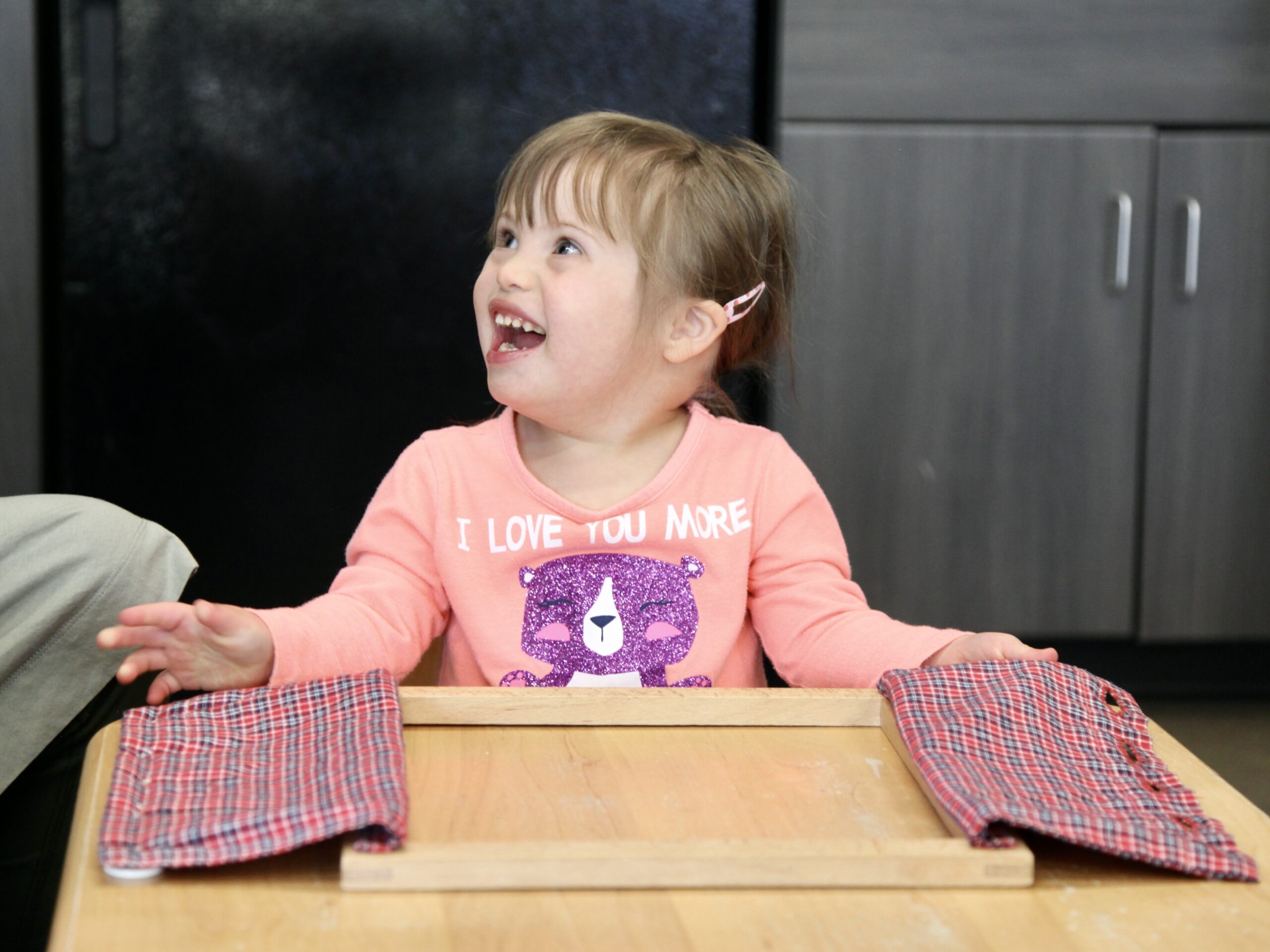
These lessons are triggered by something we want children to do successfully that it would be unreasonable to expect them to know how to do — such as folding in the cheese without ever seeing or hearing about it before. Some examples of this would be lining up to go outside, or getting an adult when your ball rolls into the street, or saying happy birthday when you’re invited to a party.
In these sorts of cases, I’d think about routines and social situations — everyday occurrences I want a child to be successful in, or ones that might be situational, such as before a birthday party — and figure out what I’d like those to look like in my home or classroom, and present that to a child.
They can also be triggered by settings I find myself reacting emotionally to, such as feeling embarrassed when my child doesn’t say thank you when they’re handed a present (this is their first birthday party, how would they know?), feeling defensive when I don’t like another child taking a toy from my child, or feeling grossed out by sleeves that have been used to wipe noses.
In these situations, I don’t need to kick myself for not preparing my child, or scold them in an effort to defer my embarrassment, but rather to treat myself and my child with grace, and take this as a learning opportunity for both of us.
Grace and courtesy lessons usually take the form of “what to do when” or “how to.” How to line up. What to do when your ball is in the street. What to do when you go to a birthday party. How to blow your nose. How to make your bed. What to do when someone wants your toy. How to offer a hug. How to tell someone you don’t want a hug. What to do when someone gives you something, like a gift or a compliment.
There’s some creativity at play here, some nuance for the uniquenesses of your situation. I grew up in the country, so what to do when your toy is in the street looked very different from friends who grew up in town. Maybe you’re in a culture that uses cloth hankies, or where blowing your nose is rude, so the approach you take to “what to do when you have a runny nose” is going to be particular to your situation.
I’m writing this in the US, and it’s generally accepted here to thank someone when they give you a compliment. If this is the case where you live, and saying thank you after receiving a compliment is something you want your child to be successful doing, here’s one way of doing that. If this doesn’t apply to you, maybe this formula can be applied to something helpful for you and your child.
Want to play with me? Super! I want to show you what to do when someone gives you something. Here, let’s pretend this Lego is a lollypop like you sometimes get at the grocery store, okay? You can give it to me. Thank you. Do you want to try? What about when someone gives you a compliment, when they say something nice to you? Let’s try. I really like your bow! Thank you.
There are a couple important things to keep in mind for a successful grace and courtesy experience.
First, practice separately from when the skill is needed. Don’t give the grace and courtesy lesson WHEN someone is complimenting your child. In those moments, when you notice the necessary skill isn’t available, make a note, figure out the approach, and then give a grace and courtesy lesson separately. We don’t learn how to throw a shot put at the Olympics.
Second, model the behavior the way you’d like to see it emulated. I live in the midwest, where it’s notoriously difficult to give someone a compliment. If you want your child to say thank you, you can’t respond with “oh this old thing?” or “pffft I’m a mess!” I need to model all the behaviors I’d like to see from a child, every time (within reason — I don’t necessarily need to go get an adult if we’re playing and the ball goes in the street.)
Everyone wants to do things the right way, and that absolutely includes children. Giving grace and courtesy lessons sets everyone up for success.
Written by:
Charlotte Snyder
